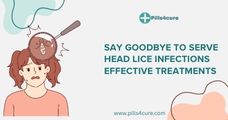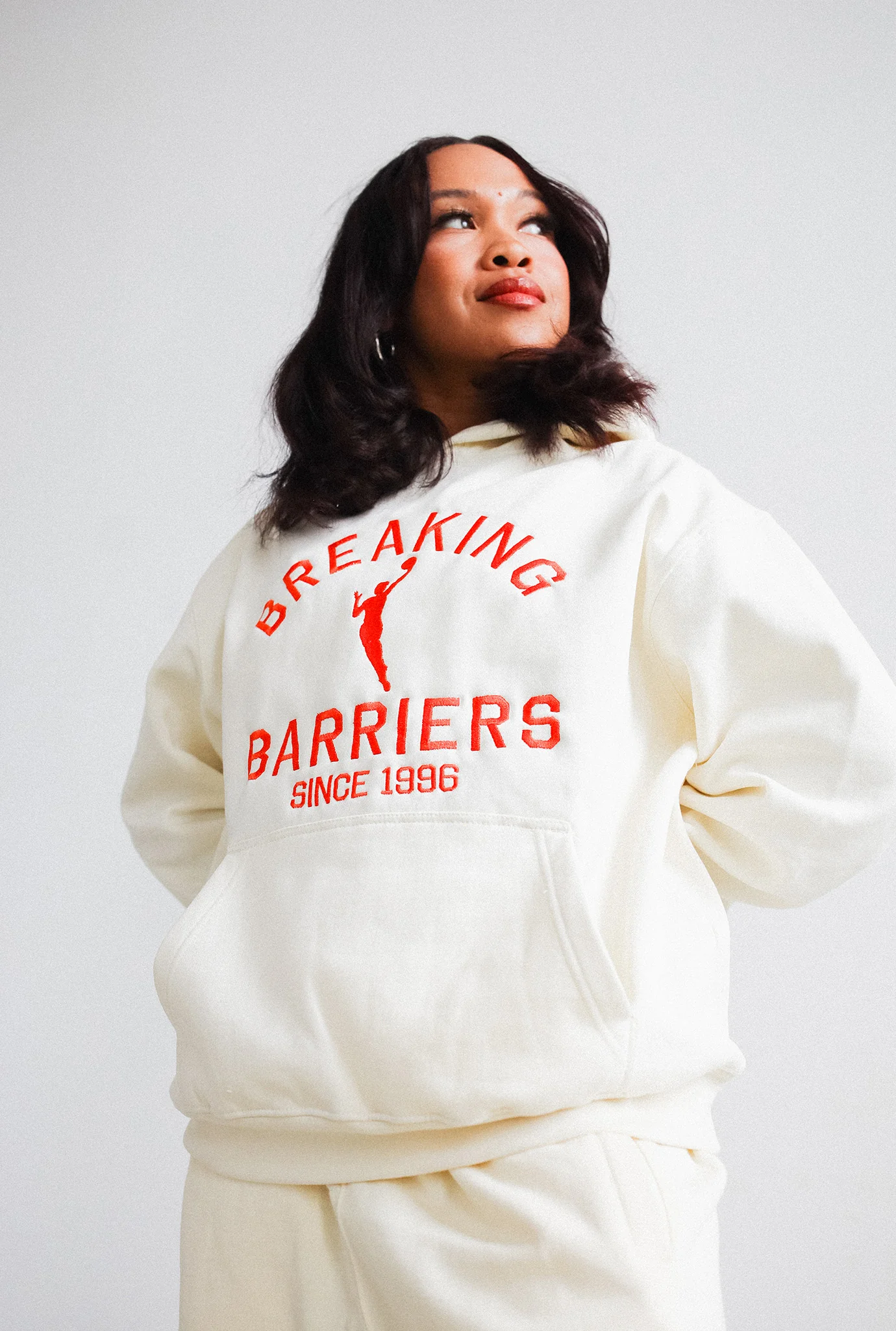Head lice infestation remains one of the most persistent and frustrating problems affecting millions of Americans each year. Despite widespread awareness, many myths and outdated remedies still circulate, often resulting in ineffective outcomes and extended discomfort. Understanding what are lice, recognizing the early symptoms of lice, and choosing the right treatment including modern medical options such as an ivermectin capsule is essential for successful management.
This comprehensive guide dispels common misconceptions while providing evidence-based insights into lice symptoms, proven treatment methods, and effective prevention strategies. Whether you are facing your first outbreak or dealing with recurrent infestations, this resource will help you make informed decisions and achieve lasting relief from these stubborn parasites.
Understanding Head Lice: What Are Lice?
Head lice (Pediculus humanus capitis) are tiny, wingless parasitic insects that live exclusively on human scalps. These blood-feeding parasites are about the size of a sesame seed and have specialized claws designed to grip hair shafts tightly. Adult lice are grayish-white or tan in color and become darker after feeding on blood.
The lice lifecycle consists of three stages: eggs (nits), nymphs, and adults. Female lice can lay up to 6-10 eggs daily, cementing them to hair strands close to the scalp. Understanding this lifecycle is essential for effective treatment, as many failed treatments result from addressing only one stage of development.
How to Know if You Have Lice: Comprehensive Symptom Guide
Most Common Symptoms of Lice Infestation
Recognizing the signs and symptoms of lice early is crucial for prompt treatment and preventing spread to others. The symptoms of lice in adults and children are generally similar, though adults may be more aware of subtle changes.
Primary Symptoms Include:
Intense Itching and Scratching: The most characteristic symptom results from an allergic reaction to lice saliva. This itching typically develops 4-6 weeks after initial infestation in first-time cases, but may appear within days in individuals previously exposed to lice.
Visible Lice: Adult lice are visible to the naked eye but move quickly and hide from light. They’re most easily spotted behind the ears, at the nape of the neck, and along the hairline. Live lice appear translucent before feeding and darker after consuming blood.
Nit Detection: Nits (lice eggs) appear as small, oval-shaped objects firmly attached to hair strands, typically within ¼ inch of the scalp. Unlike dandruff or hair debris, nits cannot be easily brushed or shaken off and require deliberate removal.
Red Bumps and Sores: Persistent scratching often leads to small red bumps, scratches, or sores on the scalp, neck, and shoulders. Secondary bacterial infections may develop if these wounds become contaminated.
Additional Signs and Symptoms of Lice
Sleep Disturbances: Many individuals experience difficulty sleeping due to increased lice activity at night, as these parasites are most active in darkness.
Irritability and Difficulty Concentrating: Constant itching and discomfort can significantly impact daily activities, work performance, and academic achievement.
Lymph Node Swelling: Some individuals may experience swollen lymph nodes in the neck area as the body’s immune system responds to the infestation.
Common Treatment Myths That Lead to Failure
Myth 1: Home Remedies Are Just as Effective
Many families turn to household items like mayonnaise, olive oil, or petroleum jelly, believing these suffocate lice. While these substances may slow lice movement temporarily, they rarely eliminate entire infestations. Lice can survive without air for several hours, making suffocation methods largely ineffective.
Myth 2: Over-the-Counter Treatments Always Work
Traditional pyrethrin and permethrin-based treatments have become less effective due to widespread resistance. Studies indicate that lice populations in many areas have developed significant resistance to these chemicals, leading to treatment failures in 80% or more of cases.
Myth 3: One Treatment Application Is Sufficient
Even effective treatments typically require multiple applications to address newly hatched lice from eggs that survived the initial treatment. The lice lifecycle necessitates follow-up treatments 7-10 days after the initial application.
Myth 4: Lice Jump or Fly Between People
Lice cannot jump or fly; they spread through direct head-to-head contact or sharing personal items like combs, hats, or pillowcases. Understanding transmission methods is crucial for effective prevention.
Modern Treatment Approaches
Prescription Medications
Ivermectin-Based Treatments: Topical ivermectin represents one of the most effective modern treatments for lice infestations. Unlike traditional treatments, ivermectin works by paralyzing and killing both lice and newly hatched nymphs. This medication shows excellent efficacy against resistant lice populations.
Spinosad Treatments: This newer class of treatments offers high efficacy rates and may eliminate infestations with a single application in many cases.
Professional Treatment Services
Many communities now offer professional lice removal services that combine manual removal techniques with safe, effective treatments. These services often provide guarantees and follow-up care that ensure complete elimination.
Precautions and Safety Measures
Treatment Safety Guidelines
Always follow product instructions carefully: Overuse of lice treatments can cause scalp irritation, chemical burns, or systemic toxicity, particularly in young children.
Avoid mixing treatments: Combining different lice treatments can lead to dangerous chemical reactions or increased skin absorption of active ingredients.
Consider professional consultation: Children under two years, pregnant or nursing mothers, and individuals with sensitive skin should consult healthcare providers before using any lice treatments.
Prevention Strategies
Regular screening: Weekly scalp checks, particularly during peak lice season (back-to-school periods), can identify infestations early when they’re easier to treat.
Personal item management: Avoid sharing combs, brushes, hats, headphones, and other items that contact the head.
Environmental cleaning: While lice cannot survive long away from the human scalp, washing bedding in hot water (130°F) and vacuuming upholstered furniture helps eliminate any stray lice or nits.
When to Seek Professional Help
Consult healthcare providers or professional lice treatment services if:
- Symptoms persist after two properly applied treatments
- Signs of secondary bacterial infection develop (increased redness, pus, fever)
- Multiple family members are affected
- The infested individual has compromised immunity
- Over-the-counter treatments cause severe skin reactions
Environmental Management
Effective lice treatment extends beyond scalp applications. Proper environmental management prevents reinfestation and eliminates lice that may have fallen from the head:
Immediate Steps:
- Wash all recently used bedding, clothing, and towels in hot water (130°F minimum)
- Dry items on high heat for at least 30 minutes
- Store non-washable items in sealed plastic bags for 2 weeks
- Vacuum carpets, furniture, and car seats thoroughly
- Clean combs and brushes in hot water or replace them entirely
Frequently Asked Questions (FAQs)
Can adults get lice, or is it only a childhood problem?
Adults absolutely can get lice, though infestations are more common in children due to closer physical contact during play and learning activities. The symptoms of lice in adults are identical to those in children, though adults may notice symptoms sooner due to increased awareness of scalp changes.
How long does it take for lice symptoms to appear?
In first-time infestations, itching typically develops 4-6 weeks after initial exposure as sensitivity to lice saliva develops. Individuals with previous lice exposure may experience symptoms within 1-2 days of reinfestation.
What should I do if treatments keep failing?
Persistent treatment failures may indicate resistance to the chosen treatment, incomplete application, or reinfestation from untreated contacts. Consider consulting a healthcare provider for prescription alternatives or professional treatment services that specialize in resistant cases.


